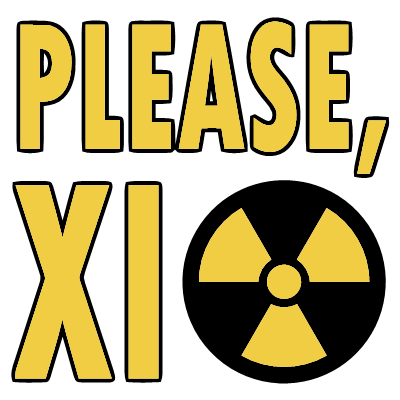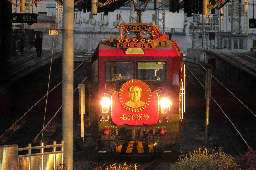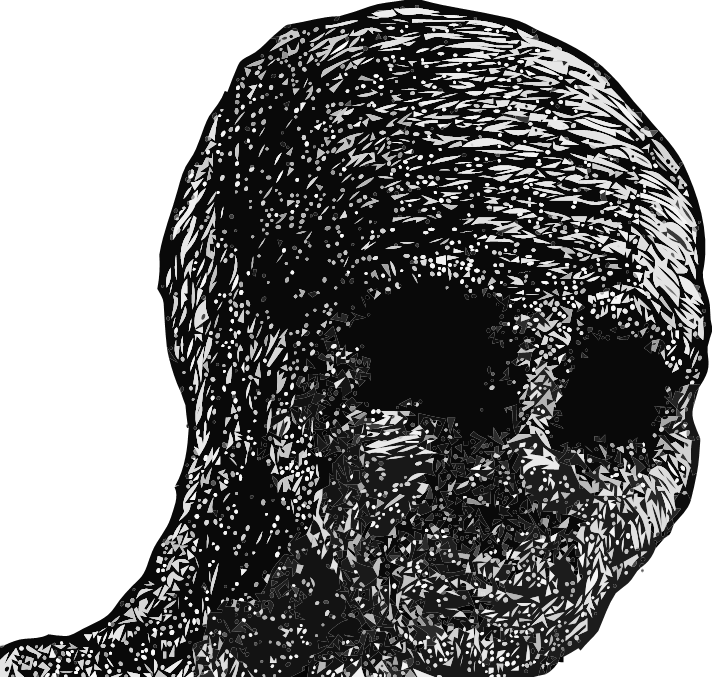

FRIDAY THE 13TH CURSE!
MY FRIENDS CAR GOT TOTALLED AND ANOTHER FRIEND GOT 500$ STOLEN THRU THEIR DEBIT CARD!
REPLY “PROTECT ME STALIN FROM LIBERAL EVIL SPIRITS” TO BE PROTECTED TODAY
not that happy


FRIDAY THE 13TH CURSE!
MY FRIENDS CAR GOT TOTALLED AND ANOTHER FRIEND GOT 500$ STOLEN THRU THEIR DEBIT CARD!
REPLY “PROTECT ME STALIN FROM LIBERAL EVIL SPIRITS” TO BE PROTECTED TODAY


ai driven cardboard cubes


me fr fr my brain is different


sounds like a masaaki yuasa movie


whos that one conspiracy person on here who kept talking about flooding west asia with foreign aid dollars to reinstate dollar hegemony? they just passed ur bill lol


omg i remember this post it was this guy??


dongfeng ballistic missile deliveries straight to your home! 


inching is the correct verb here lmfao


why werent u impressed


quid pro quo to win the strike so quickly no?


read althusser’s on the reproduction of capitalism: ideology and ideological state apparatuses. its a really really great work that applies marxism-leninism to the superstructure and actually expounds in great depth the specific way that the ideological state apparatuses work.
what you are referring to is the education ideological state apparatus and your analysis is correct. the superstructure is two apparatuses: the repressive state apparatus (cops & laws) and the ideological state appratuses (education, religion, familial, media, news, unions, +). we need to be able to combat our way up the ideological state apparatuses, but our strength within them is only as strong as the level of class struggle that flows around and through them.
its a really great work that anybody with a glancing interest in understanding the superstructure must read in order to actually understand what the superstructure is, where it comes from, and what functions it holds. also makes many critical analyses on the role of ideology itself and the critical importance of the reproduction of ideology to any state.


what the fuck is that national bolshevik party shit?

https://www.youtube.com/watch?v=9v0BnhvkJZ0 this random spontaneous lecture on psychotic disorders while this dr dude was playing disco elysium actually really helped me w others and myself by learning about the specific mechanics about how psychotic disorders work and the discrete effects of them. its nice to know for instance that the paranoia is simply a matter of the brain not being able to discern what information is relevant and important vs irrelevant and unimportant, and that the crossing of the lines leads to strategic and rational attempts to fill in the blanks. hope you can get something out of it.
his channel in general is an attempt to democratize access to scientific mental health treatment and might be worth a scroll through.


You can hear the big clock that says “Sitting President says the word ‘Tankie’ on live tv” at the top just ticked


ive literally been sick 20% of this year. wtf. am i just going to be sick for 20% of the rest of my life 


copying a long post i wrote sometime ago:
actually last year i got super into this question and through researching ive found 2 satisfactory explanations (ironic i know).
So first off “petty bourgeois” is not a definite class within a class society and is destined to be liquidated leaving what’s actually important about the “petty bourgeois” designation the consideration of petty bourgeois with proletarian class-interests or petty bourgeois with bourgeois-class interests (same goes for bourgeois specifically the lower bourgeois being crushed under monopoly capitalism). Somewhere between the clean lines and strict definition of prole (absolutely no access to capital and must sell their labor power to capital owners in order to afford enough money to live) and bourgeois (class of capital owners who purchase means of production and labor power in order to produce commodities which they own and sell), the grey area gets a little muddy but i think a clear elucidation of this grey area is really handy.
What theories map to me as correct are american analytical marxist Erik Olin Wright’s theory of contradictory class locations, and french marxist-leninist structuralist Althusser’s socio-technical division of labor.
Erik Olin Wright is a typical marxist intellectual but his book " Class, Crisis and the State " has a useful element in its examination of prevailing theories of petty bourgeois analysis and their shortcomings. Erik Olin Wright builds on greek structural marxist Nicos Poulantzas concept that there is a separation between economic possession and legal ownership (diagram on p.60) and Poulantzas states that landing anywhere on the chart of having legal and economic ownership and possession of capital AND being in a position of political or ideological domination put you in the bourgeoisie (this mechanical view of the grey area puts semi autonomous wage earners and supervisors in the bourgeoisie).
Wright instead opens the possibility for categories of contradictory class locations within class relations, and it’s most helpful to look at the table on p. 76 to understand what this means. Simply put there are 3 axes of ownership/non-ownership: Capitalists control the accumulation process, how the physical means of production are used, and control the authority structure within the labor process and the workers are excluded from the investment process, control over the physical means of production, and control over authority relations. In between the classic definitions of proletarian, petty bourgeois, and bourgeois there are contradictory class locations:
In essence if you do not sell your labour AT ALL you are a traditional capitalist, and with top corporate executives (who just lack legal status of the owner of property and sell minimal labor) these two categories comprise the Bourgeoisie.
Small employers (meaning about <10 workers) lie in the contradictory location between the petty bourgeoisie and the bourgeoisie, as the traditional petty bourgeois lacks the distinctive feature of capitalist production which is the appropriation of surplus-value through the exploitation of workers in the labor process. Small employers typically work the production themselves/with their family (meaning no exploitation largely). As small employers increase the number of their employees, their class position changes until they are firmly making the majority of their value from surplus value extraction which would place them firmly in the small capitalist category. On the other hand the contradictory location between petty bourgeois and proletarian lies in somebody who is a proletarian and not “self employed” but maintains most control over their physical means of production, how they work and some control over what they produce. Think about a high level researcher or subcontractor.
the contradictory class location between the proletariat and the bourgeoisie lies in top managers, middle managers, technocrats, and foremen, all who have no (or almost none in the case of top managers) legal ownership of employees or property, but conduct the processes of control over the physical means of production, the labour power of others, and - in higher managerial positions - control over investments / resources. The variable amount of control these people - who mostly all sell their labor power - have produces their position in this contradictory class location. technically not petty bourgeois as they have no legal ownership of capital, they still exist in this grey area between prole and bourgeois.
Really just take a look at the chart and it makes a lot of sense. That chapter is worth a read for an explanation of how these categories have been derived (through some pretty interesting survey data) if you’re interested too.
On to Althusser! The theory of the sociotechnical division of labor is much much more intuitive and simple. It basically states this: the idea of a ‘purely technical’ division of labor (doctors and lawyers w/out a private practice are just fancy proles theory) ignores the “irreducible dominance of the social division of labor” and monopoly on certain jobs and the monopoly on knowledge of how to do certain jobs while penning other personnel to work in subaltern jobs. In other words every ‘technical division of labor’ is a ‘social’ division of labor.
We can categorize all of an enterprise’s employees into three groups:
while these categories may not be as specifically clear to our current forms of labor, the theory is undeniably still true. Workers are typically workers within their class for life and simultaneously an engineer or high level manager never ‘falls to the level’ of a worker unless some type of tragic economic crisis occurs. “A pitiless line of class demarcation unmistakably separates two categories of human beings: the ‘technical’ division of labour is simply a mask hiding the fact that some people are permanently ‘penned’ in the situation of the working class while others can have either high-level posts that are immediately attributed to them, or fairly (or very) broadly open-ended ‘careers’”.
this sociotechnical division of labor is more commonly what people are referring to when pointing out the obvious fact that there is a (typically) lifelong difference between people of different worker categories whether that’s measured in education or income or position etc. I personally feel that the sociotechnical division of labor is incredibly apparent when you are somebody taking part in the labor process and helps to simply explain the feeling of incorrectness when somebody attempts to put all “people who work” into the same category of proletarian, despite varying access to different divisions of labor.
i wrote this for a really long time so i might have meandered a bit but i hope that this was helpful in clearing up some confusion you may have.


Every time i see anything to do with NATO i think about the fact that Libya had a higher standard of living than the Netherlands before NATO and open air slave markets after NATO.
i would imagine that the announcement was planned to coincide with something explaining the delay